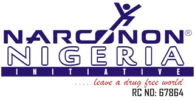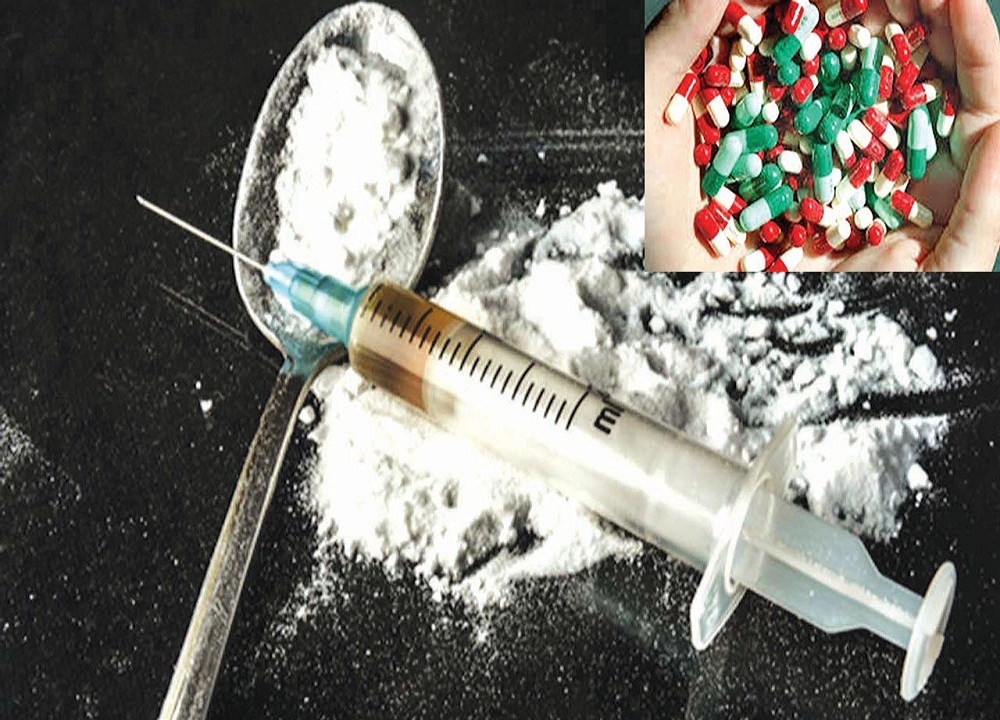Illicit drugs: a transit point for heroin and cocaine intended for European, East Asian, and North American markets; consumer of amphetamines; safe haven for Nigerian narcotraffickers operating worldwide; major money-laundering center; massive corruption and criminal activity; Nigeria has improved some anti-money-laundering controls, resulting in its removal from the Financial Action Task Force’s (FATF’s) Noncooperative Countries and Territories List in June 2006; Nigeria’s anti-money-laundering regime continues to be monitored by FATF
Definition: This entry gives information on the five categories of illicit drugs – narcotics, stimulants, depressants (sedatives), hallucinogens, and cannabis. These categories include many drugs legally produced and prescribed by doctors as well as those illegally produced and sold outside of medical channels.
Cannabis (Cannabis sativa) is the common hemp plant, which provides hallucinogens with some sedative properties, and includes marijuana (pot, Acapulco gold, grass, reefer), tetrahydrocannabinol (THC, Marinol), hashish (hash), and hashish oil (hash oil).
Coca (mostly Erythroxylum coca) is a bush with leaves that contain the stimulant used to make cocaine. Coca is not to be confused with cocoa, which comes from cacao seeds and is used in making chocolate, cocoa, and cocoa butter.
Cocaine is a stimulant derived from the leaves of the coca bush.
Depressants (sedatives) are drugs that reduce tension and anxiety and include chloral hydrate, barbiturates (Amytal, Nembutal, Seconal, phenobarbital), benzodiazepines (Librium, Valium), methaqualone (Quaalude), glutethimide (Doriden), and others (Equanil, Placidyl, Valmid).
Drugs are any chemical substances that effect a physical, mental, emotional, or behavioral change in an individual.
Drug abuse is the use of any licit or illicit chemical substance that results in physical, mental, emotional, or behavioral impairment in an individual.
Hallucinogens are drugs that affect sensation, thinking, self-awareness, and emotion. Hallucinogens include LSD (acid, microdot), mescaline and peyote (mexc, buttons, cactus), amphetamine variants (PMA, STP, DOB), phencyclidine (PCP, angel dust, hog), phencyclidine analogues (PCE, PCPy, TCP), and others (psilocybin, psilocyn).
Hashish is the resinous exudate of the cannabis or hemp plant (Cannabis sativa).
Heroin is a semisynthetic derivative of morphine.
Mandrax is a trade name for methaqualone, a pharmaceutical depressant.
Marijuana is the dried leaf of the cannabis or hemp plant (Cannabis sativa).
Methaqualone is a pharmaceutical depressant, referred to as mandrax in Southwest Asia and Africa.
Narcotics are drugs that relieve pain, often induce sleep, and refer to opium, opium derivatives, and synthetic substitutes. Natural narcotics include opium (paregoric, parepectolin), morphine (MS-Contin, Roxanol), codeine (Tylenol with codeine, Empirin with codeine, Robitussin AC), and thebaine. Semisynthetic narcotics include heroin (horse, smack), and hydromorphone (Dilaudid). Synthetic narcotics include meperidine or Pethidine (Demerol, Mepergan), methadone (Dolophine, Methadose), and others (Darvon, Lomotil).
Opium is the brown, gummy exudate of the incised, unripe seedpod of the opium poppy.
Opium poppy (Papaver somniferum) is the source for the natural and semisynthetic narcotics.
Poppy straw is the entire cut and dried opium poppy-plant material, other than the seeds. Opium is extracted from poppy straw in commercial operations that produce the drug for medical use.
Qat (kat, khat) is a stimulant from the buds or leaves of Catha edulis that is chewed or drunk as tea.
Quaaludes is the North American slang term for methaqualone, a pharmaceutical depressant.
Stimulants are drugs that relieve mild depression, increase energy and activity, and include cocaine (coke, snow, crack), amphetamines (Desoxyn, Dexedrine), ephedrine, ecstasy (clarity, essence, doctor, Adam), phenmetrazine (Preludin), methylphenidate (Ritalin), and others (Cylert, Sanorex, Tenuate).




